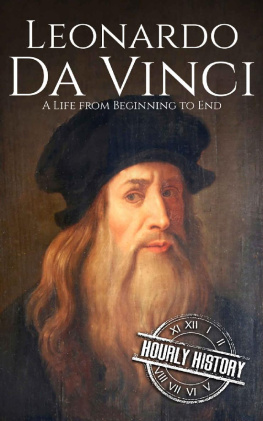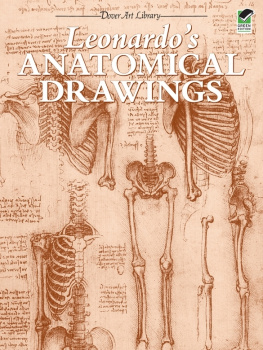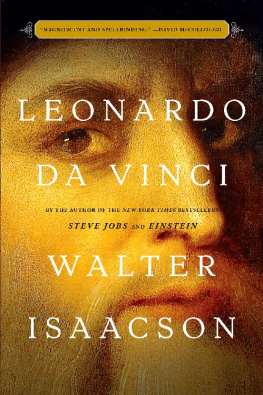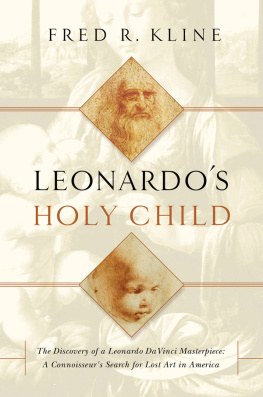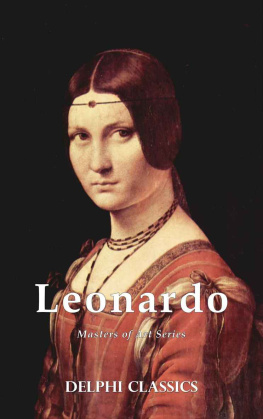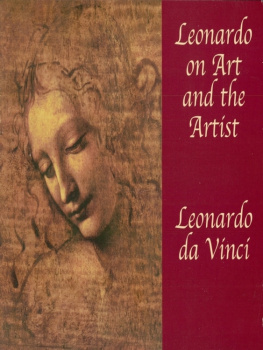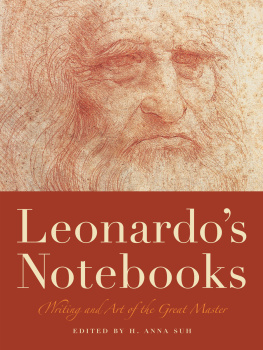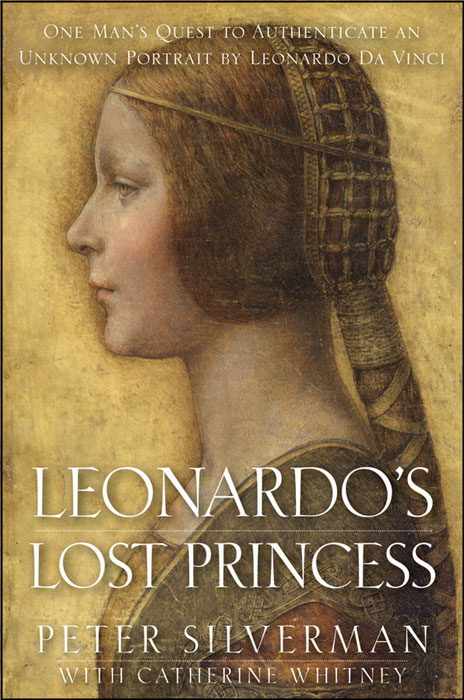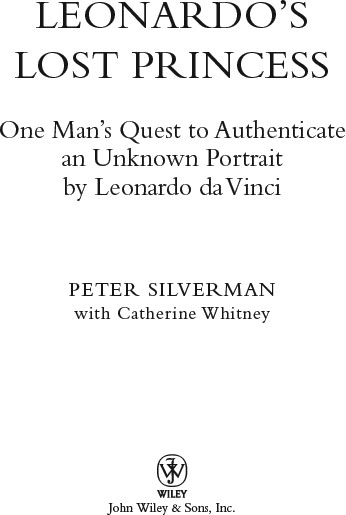Copyright 2012 by Peter Silverman. All rights reserved
Published by John Wiley & Sons, Inc., Hoboken, New Jersey
Published simultaneously in Canada
No part of this publication may be reproduced, stored in a retrieval system, or transmitted in any form or by any means, electronic, mechanical, photocopying, recording, scanning, or otherwise, except as permitted under Section 107 or 108 of the 1976 United States Copyright Act, without either the prior written permission of the Publisher, or authorization through payment of the appropriate per-copy fee to the Copyright Clearance Center, 222 Rosewood Drive, Danvers, MA 01923, (978) 750-8400, fax (978) 646-8600, or on the web at www.copyright.com . Requests to the Publisher for permission should be addressed to the Permissions Department, John Wiley & Sons, Inc., 111 River Street, Hoboken, NJ 07030, (201) 748-6011, fax (201) 748-6008, or online at http://www.wiley.com/go/permissions .
Limit of Liability/Disclaimer of Warranty: While the publisher and the author have used their best efforts in preparing this book, they make no representations or warranties with respect to the accuracy or completeness of the contents of this book and specifically disclaim any implied warranties of merchantability or fitness for a particular purpose. No warranty may be created or extended by sales representatives or written sales materials. The advice and strategies contained herein may not be suitable for your situation. You should consult with a professional where appropriate. Neither the publisher nor the author shall be liable for any loss of profit or any other commercial damages, including but not limited to special, incidental, consequential, or other damages.
For general information about our other products and services, please contact our Customer Care Department within the United States at (800) 762-2974, outside the United States at (317) 572-3993 or fax (317) 572-4002.
Wiley also publishes its books in a variety of electronic formats and by print-on-demand. Some content that appears in standard print versions of this book may not be available in other formats. For more information about Wiley products, visit us at www.wiley.com .
Library of Congress Cataloging-in-Publication Data:
Silverman, Peter, date.
Leonardos lost princess : one mans quest to authenticate an unknown portrait by Leonardo da Vinci / by Peter Silverman with Catherine Whitney.
p. cm.
Includes index.
ISBN 978-0-470-93640-5 (hardback); ISBN 978-1-118-16310-8 (ebk.); ISBN 978-1-118-16311-5 (ebk.); ISBN 978-1-118-16312-2
1. Leonardo, da Vinci, 14521519Criticism and interpretation.
2. DrawingExpertising.
3. PortraitsExpertising. I. Whitney, Catherine. II. Title.
NC257.L4S55 2012
741.945dc23
2011042291
To all the wonderful people who have so generously stood up to defend the honor and reputation of La Bella Principessa often at great personal risk. Without you this astounding saga could never have progressed so far so fast. I am humbly in your debt.
To my patient and perceptive wife, Kathleen, for your invaluable collaboration and forbearance over these past three years.
This book is further dedicated to those who were instrumental in helping to make me who I am: Dr. Irene Duerking and my teachers, Swami Rudrananda (Rudi) and Professor Namkai Norbu Rimpoche.
Acknowledgments
I am indebted to the many people who made this book, and the amazing discovery that prompted it, a reality. First and foremost, my wife, Kathy, who shares my passion for art and has been my partner in both life and work, joined me in a search for the truth about the found portrait. My sister, Tina, a consultant on the project, has been a great help as well, particularly with press relations.
Nicholas Turner, the former curator of drawings at the British Museum and a former curator of the J. Paul Getty Museum, was the first person to suggest to me that I might be holding a Leonardo, and he followed up his initial intuition with a full support of the portraits authenticity.
My dear friend Mina Gregori, an acclaimed doyenne of art history, also saw the hand of Leonardo in my find and supplied excellent advice. She insisted on being the first to actually write down the Leonardo attribution. Giammarco Cappuzzo, an independent art consultant in Paris, supplied me with the right contacts at the right time, including recommending Lumiere Technology and the Swiss laboratory for carbon-14 dating. His input saved many months of futile work.
Pascal Cotte of Lumiere Technology, the visionary inventor of the technology that allows one to view great works of art like Superman, took on the task of proving that the portrait was the Masters work. His work and that of his associate, Jean Penicaut, was invaluable. Martin Kemp, a sleuth extraordinaire, one of the worlds foremost Leonardo scholars, and an emeritus professor of art history at Oxford, surmised rightly from the start that the portrait represented Bianca Sforza, which led us to the Warsaw revelations. His analysis was exemplary and masterly in its scope and detail. Peter Paul Biro was brought into the analysis, and using his expertise in art forensics and fingerprint science, he concluded that a fingerprint and palm print on the portrait were of high probability Leonardos.
I am grateful to other experts who have supported the Leonardo attribution. Sir Timothy Clifford, the former director general of the National Galleries of Scotland, was an early enthusiast. Considered by many to be one of the most successful and dynamic museum directors, he is a specialist on Renaissance art and concluded early on that it was Leonardos hand in the drawing. Alessandro Vezzosi, the director of the Museo Ideale Leonardo da Vinci in Leonardos birthplace of Vinci, believed it was the work of Leonardo and published his findings in his superb monograph on da Vinci. Carlo Pedretti, the director of the Armand Hammer Foundation, added his belief in the Leonardo attribution. Although Pedretti was suffering from a serious health issue and was in pain, he made the trip to Paris to view Lumieres findings firsthand. Simon Dickinson, a former director of Christies and now one of the worlds leading Old Master dealers, showed his mettle in coming out early in support of the attribution.
I am also very appreciative of the other specialists who took the time to study the portrait and concurred in the da Vinci attribution. These include Cristina Geddo, a scholar of Leonardos workshops and the first to actually write a detailed study of the work; Claudio Strinati, the former head of Romes museums and now in the Italian Ministry of Culture, who was an enthusiastic supporter from the early stages; and long-term acquaintance Catherine Goguel, a former Louvre drawing specialist, who made a number of interesting observations. For the hairstyle comparison and analysis in its historical context, special thanks to Elisabetta Gnignera. A tribute, too, to D. R. Edward Wright, an emeritus professor of art history at the University of South Florida, Tampa, who discovered clues that could resolve the mystery of provenance (the record of the artworks history). His insights led us to the Sforziada manuscript in Warsaw.
I also appreciate the work of Simon Hewitt, Oxford trained and a journalist with Antiques Trade Gazette , who helped launch the story to the world. Simon is a fine sleuth and scholar in his own right. Other journalists who took the time and made the effort to get the story right include Milton Esterow of ARTnews ; Julien Pfyffer of Paris Match ; Jean Folain of the Times of London; Stefan Simon of Der Spiegel ; and Randy Boswell of Canadian broadcasting. I am grateful for the time Simon took to review this manuscript. His insights were always helpful.


